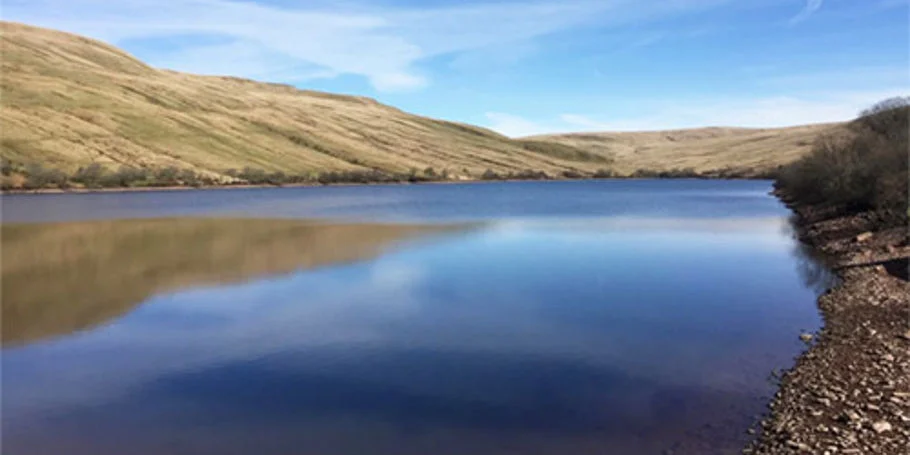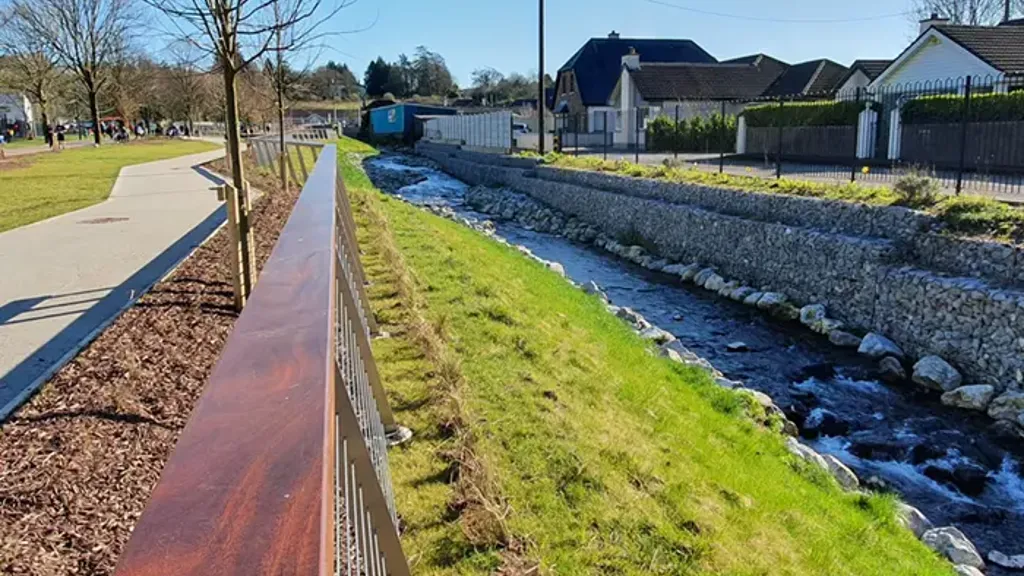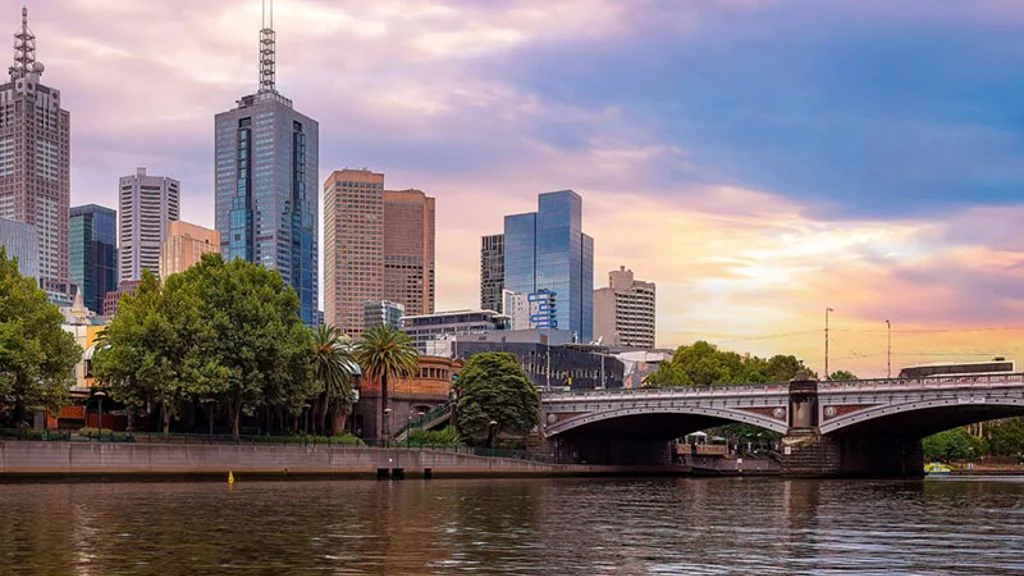Automation and machine learning through digital planning
The task had four stages: research, mapping, a review of what the information gathered told us, and finally to ensure the DEP could update and maintain the process in the future. Searching and gathering information on land permeability was far from simple, but by using automation and digital approaches throughout the project we could reduce production time to complete the largest GIS and remote sensing study that Arup has ever performed.
To carry out such a feat physically would have taken many years, and this is why a digital approach using machine learning was required. Even with the latest digital approach, it still involved a massive amount of data gathering and manual hours to develop the automation process.
A strategic use of data gathering techniques
We used aerial imagery, LiDAR data, planimetric and cadastral data to create one single land cover map. We were able to identify 17 different elements of land space, from roads and building footprints to rivers, lakes and agricultural and green areas. The technology also had to be programmed to recognise vehicles from above and quantify the solid land below, as well taking into account other elements such as tree canopies and shadows which fall at certain times of the day.
The project team classified 1% of the city’s land cover, which was then used to train the machine learning algorithm to automatically produce a complete land cover classification map of New York. To ensure accuracy, the results from our technology were compared with independent hydrologist delineation from 25 randomly selected parcels, where we were able to demonstrate that the technology was above 90% accurate in all areas, even as high as 99% accurate in many.
This enabled us to use this method across the city, collating more than 3TB of multi-spectral imagery, light detection and ranging (LiDAR), and other GIS data to provide analysis of 345 square miles and 857,589 parcels of land.
Sharing data with the DEP
We were able to provide the DEP with accurate high-resolution GIS datasets along with a comparative trend analysis report on the position from 10 years before.
This information has since been posted on an open data portal in New York and is available to the public, bringing total transparency to the understanding of land across the City. It also provided a picture of the impact of environmental programmes undertaken over the past decade, validating the work which has already been done. Importantly, it provides a clear insight for the local environmental agency to understand the city land coverage types to inform and support city wide planning efforts, projects, policies and programs.








